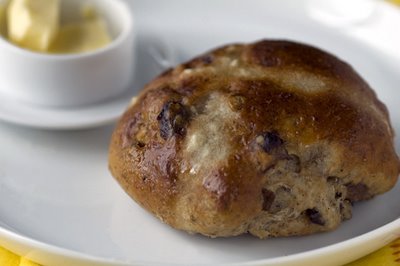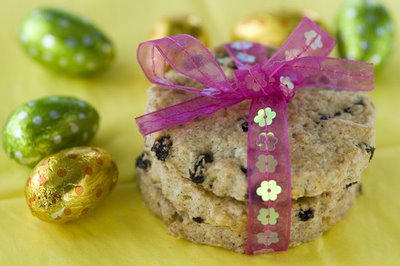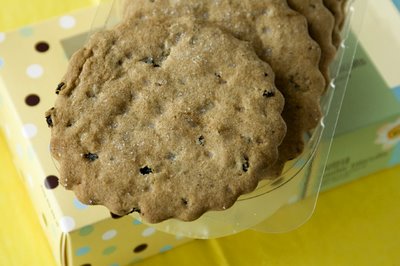
So just who was Saint George? Most sources agree that there are very few hard facts known about the man who became the saint; perhaps not surprising as he was supposed to have lived during the 3rd century. Born in Cappadocia (Turkey), he attained high rank within the Roman army under the Emperor Diocletian. Diocletian was a ruthless and bloody-thirsty persecutor of Christians. George was a Christian and stood up to the Emperor, refusing to carry out his commands. He admitted his own faith and was tortured and then put to death - on the 23rd April 303. The story of his bravery and martyrdom quickly spread across Christian Europe. It was the Roman Catholic church that beatified him, but he is also recognised as a saint in the Russian and Greek Orthodox churches.
English soldiers have fought under the spiritual lead of St. George since the first of the Crusades in 1098, when St. George was apparently seen on the battlefield at Antioch, and he helped the Crusaders to win the day. The Crusading knights wore a red cross on a white or silver background to identify them on the battlefield - this ensign became the emblem of the flag England, and was known as the St. George's Cross.
In 1348 King Edward III of England established the Knights of the Garter. The Order of the Garter was dedicated to the Blessed Virgin Mary, Edward the Confessor (the King) and St. George. St. George's chapel in Windsor Castle was built as a chapel for the order. It is believed that it was King Edward the III who declared St. George patron saint of England.
After the battle of Agincourt in 1415, the 23rd of April was declared a national feast day for St. George (and to celebrate victory over the French). As a Catholic saint, this day of feasting fell out of favour after the reformation, which probably accounts for why it has become such an understated event. I trust that a merry band of food bloggers will be able to put the 'feast' back into 'feast day'.
The dragon slaying part of St. George's legend stems from Medieval stories of other battling heroes, and this was given a polish by the Victorians who also liked a good tale of chivalrous daring-do. It is likely that the dragon in the tale is symbolic of the evil persecution of Christians, or alternatively be representative of the Devil. The beautiful damsel is the personification of Christian truth.
So what to cook to mark St. George's Day? As a soldier, and as a 'leader' of English knights, I thought that the pudding dish 'Poor Knights of Windsor' might be an apt choice for our man George. The dish consists of slices of bread soaked in sherry, milk and sugar, dipped in egg yolk and fried in butter. Served with cinnamon powder mixed with a little sugar, and jam if you're feeling indulgent, this is a 'poor man's' pudding - no rich egg custard, pastry, or serious quantities of sugar went into the making of it. The real-life Poor Knights of Windsor were impoverished military veterans, nominated by members of the Order of the Garter, who were given accomodation and provisions by Windsor Castle. They are now known as the 'Military Knights of Windsor'. Unfortunately nobody seems to know why the dish has the name it has, nor what association it might have with retired soldiers, but it is nice to imagine a rusty swordsman or two tucking into a slice of Poors Knights, talking about the old days and fair maidens that once they wooed.
My recipe came from here.

Use your best knife to cleft the bread in twain.

I am not a big fan of eggy bread (too eggy), but this was much more delicate, soft and delicious. The cinnamon sugar reminded me how much I used to like cinnamon toast once upon a time (another English tea-time classic). I used organic white bread - fresh not stale. In 'English Food' Jane Grigson suggests slices of brioche, which I can imagine would be perfect taste-wise, but rather too French for use today. A perfect indulgent Sunday breakfast/brunch or tea-time treat.
And to keep my Poor Knights company, what better than a few Maids of Honour? These are sweet curd cheese pastries that also have an royal association, this time with that great lover of tarts - Henry VIII. Anne Boleyn naturally also had a hand in this, as it was during the time that she served as a Lady-in-Waiting that Henry developed a taste for Maids of Honour (or very little). Click here for a little more history. The original recipe is associated with Hampton Court, and nearby Richmond-upon-Thames. The Richmond bakery purporting to be the Original Shop of Maids of Honour closed in the 1950s, but on the road that leads from Richmond to Kew Bridge is the shop of the Newens family, where Maids of Honour are still baked and sold.


I made a detour enroute to work to photograph the Newens tea room, so I have yet to sample the 'Original Maids of Honour', but I might make another trip there next weekend as a birthday treat for myself.
The 'Original' recipe, and that followed by the Newens tea room is, of course, top secret. Instead I followed the second recipe on page 2 of this article. Rather than make junket, I bought some curd cheese from Waitrose, Devon Gold cheese made from milk of Jersey and Guernsey cows. I'd never seen curd cheese before, so thought it worth an image. The cheese looks very like thick double cream, but has a sour taste.

When my Maids went into the oven they quickly proved to be blowsy madams, with their skirts puffing up almost to neck height. Perhaps I should have pricked the bases of the tarts? Upon cooling they sunk back down a little, regaining modesty (although some were still a little giddy as you can see).

My Maids were bite-size ladies. Very light and delicately flavoured companions for my Knights. I think that they got on rather well. The lemon zest in with the curd cheese gave the filling a flavour similar to lemon curd, yet subtler. I came across a recipe by Delia Smith that includes lemon curd along with the cheese, that would give a much more powerful hit of lemon and sugar - maybe too overwhelming? I will have to try it and see. A cook's work is never done...
Five Maids-in-Waiting (to be eaten).

Happy St. George's Day!
What's For Pud? and St George's Day






